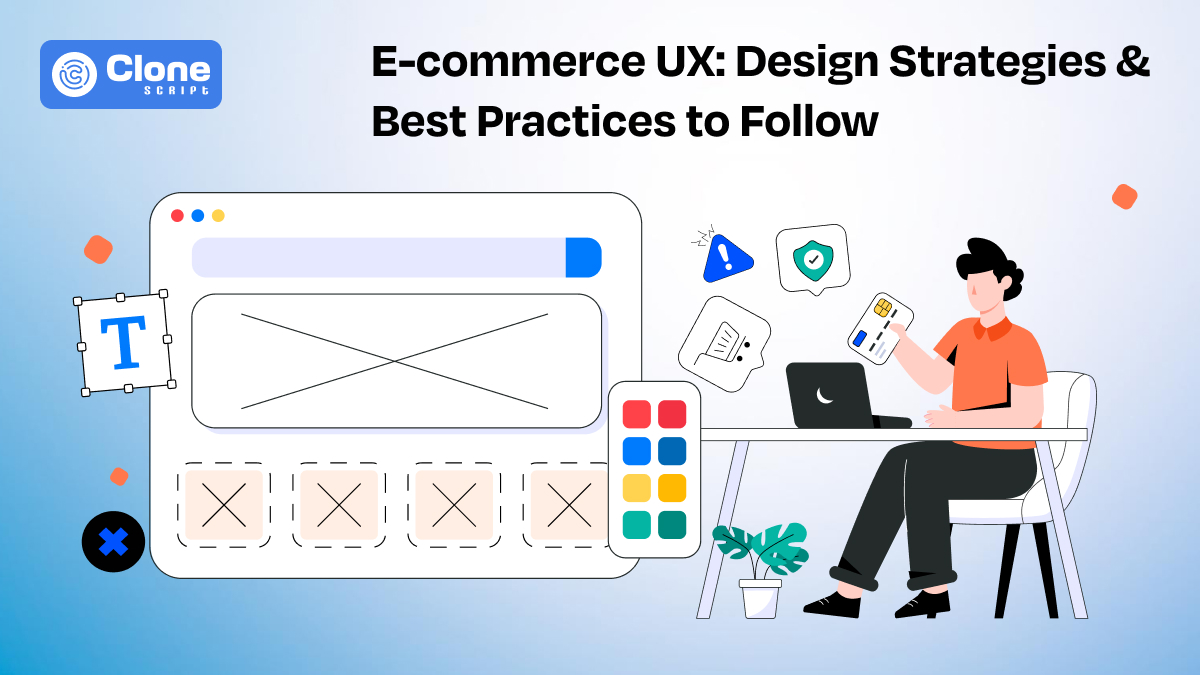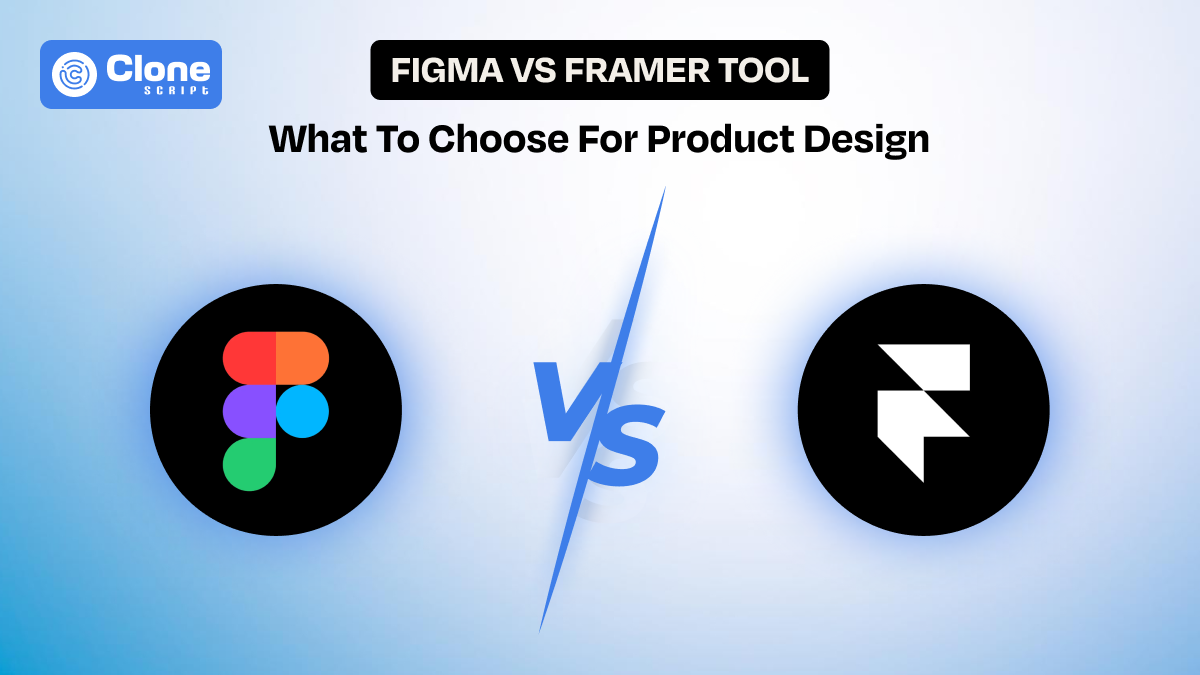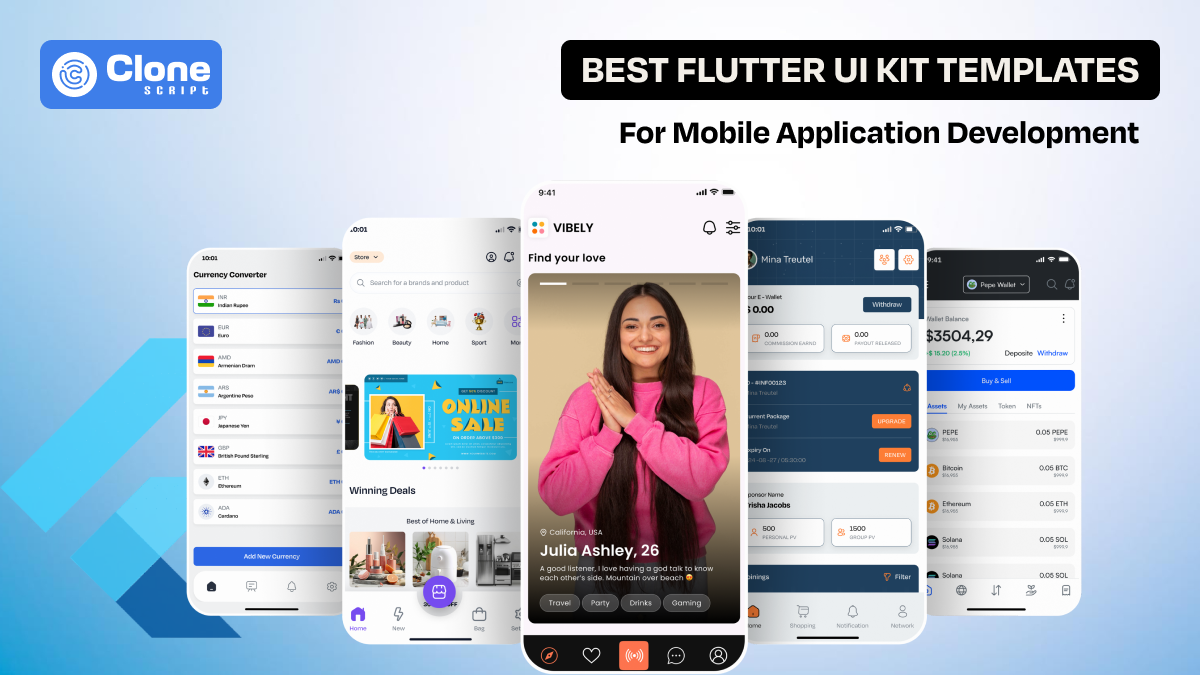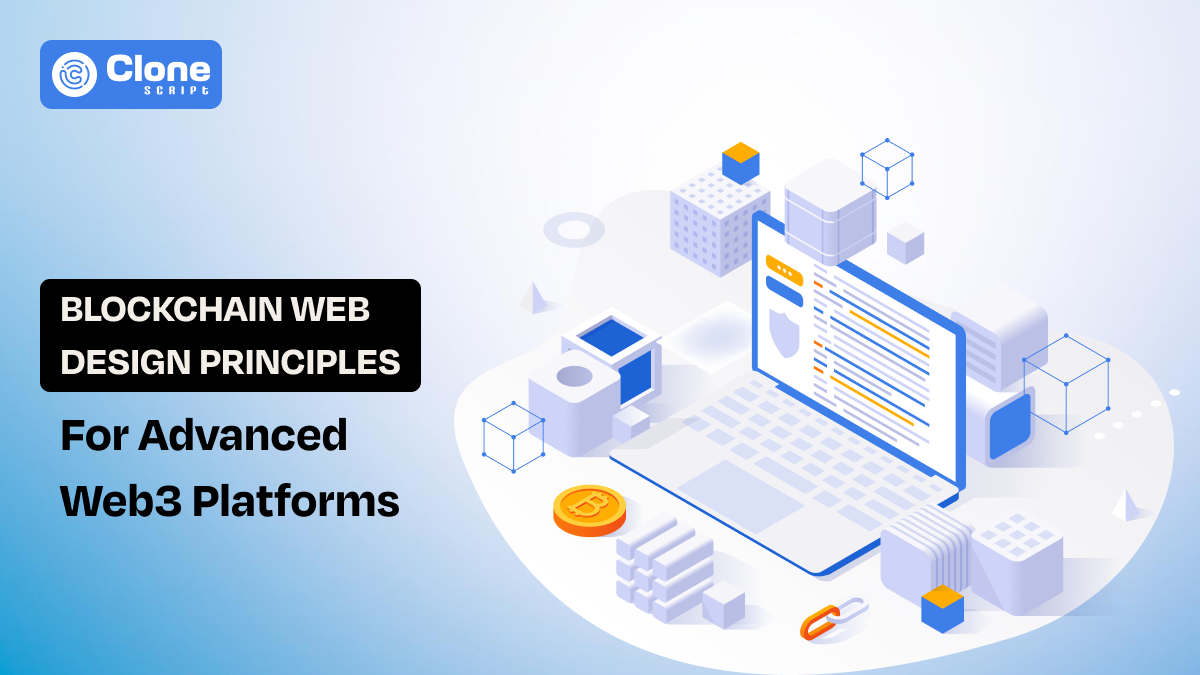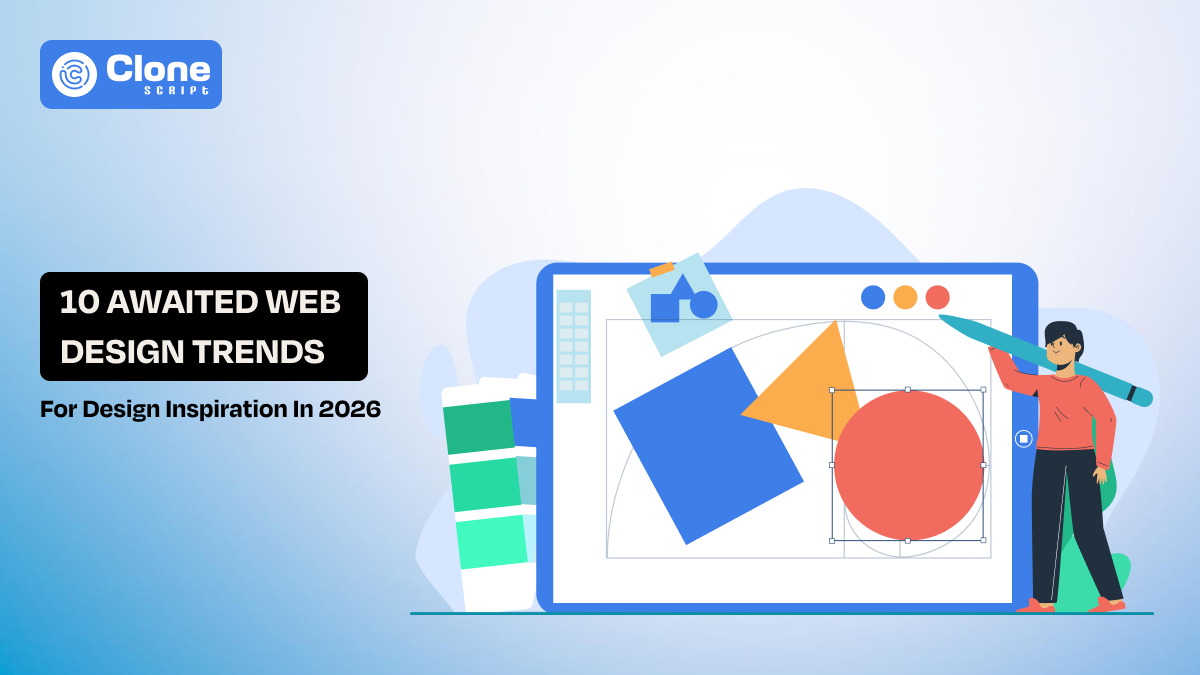E-commerce UX: Design Strategies & Best Practices to Follow
An e-commerce website is no longer just about listing products; it's about crafting a compelling experience. In today's saturated online market, a superior user experience (UX) is the ultimate differentiator. A poorly optimized, confusing website will direct potential customers to your competitors.
Conversely, a smooth, engaging experience builds trust, drives sales, and cultivates loyalty. This comprehensive guide delves into actionable e-commerce UX strategies to transform your online store into a conversion machine.
What Is E-commerce UX?
-
E-commerce UX refers to the overall experience that visitors have when interacting with an online store. It includes every aspect of the site—from the visual design and navigation to the performance and content.
-
A well-crafted UX design validates that every interaction feels intuitive and that customers can easily find what they’re looking for, ultimately making the buying process seamless.
Why E-commerce UX remains important in 2025?
-
Your website often provides the first impression of your brand. A slow, frustrating experience leaves a negative mark. Consider this: 53% of mobile users abandon a site if it takes longer than three seconds to load. Every millisecond is precious.
-
Imagine walking into a physical store with messy shelves and unhelpful staff – you'd likely leave. The same principle applies online. A positive e-commerce UX directly correlates with higher conversion rates, increased customer satisfaction, and ultimately, a healthier bottom line.
2025's UX Trends: Meeting Evolving Customer Expectations
Take a look at what’s trending for e-commerce UX in 2025:
-
Mobile-First Approach: Mobile commerce is growing rapidly. Prioritize mobile design from the outset. Design for thumbs, not just desktop clicks. This means checking it is responsive design, optimized page load times on mobile devices, and touch-friendly interfaces.
-
AI-Driven Personalization: Customers now expect tailored recommendations and dynamic content that adapts to their individual behavior and preferences. This includes personalized product suggestions, targeted promotions, and customized content based on browsing history and past purchases.
-
Frictionless Checkout Processes: One-click checkouts are the benchmark of online business. Minimize any barriers to purchase. Streamline the checkout flow, offer guest checkout options, and provide multiple payment gateways to cater to diverse customer preferences.
-
Conversational Commerce: Chatbots and AI-powered assistants offer instant support and guide purchasing decisions required. They can answer questions, provide product information, and even help with order tracking, enhancing the overall customer experience.
-
Voice and Visual Search: Users are increasingly searching with images and voice commands. E-commerce sites must adapt to this shift by optimizing product images for visual search and implementing voice search capabilities.
Functionality Over Aesthetics: The Foundation of a Great UX
A visually appealing website is important, but functionality is paramount. A beautiful website that's difficult to navigate or slow to load will fail to convert visitors into customers.
A. Speed is Non-Negotiable: The Need for Speed
Slow loading times are conversion killers. Optimize your site's performance by:
-
Image Optimization: Compress images using tools like TinyPNG or ImageOptim without sacrificing quality.
-
Lazy Loading: Implement lazy loading so images only load when they are about to become visible in the viewport, improving initial page load time.
-
Browser Caching: With browser caching, you can store static assets like images and CSS files on the user's browser. It reduces load times on subsequent visits.
-
Content Delivery Network (CDN): Use a CDN to distribute your website's content across multiple servers geographically. This ensures faster delivery to users regardless of their location.
-
Code Optimization: Minimize and optimize your HTML, CSS, and JavaScript code to reduce file sizes and improve parsing speed.
B. Intuitive Navigation: Guiding Users Seamlessly
-
Your menu should be clear, logical, and easy to use. Avoid overwhelming dropdown menus, and always include a prominent search bar.
-
Implement clear categories and filters to help users quickly find what they're looking for. Breadcrumb navigation also helps users understand their current location on the site and easily navigate back to previous pages.
Building a High-Converting Sales Funnel: Guiding the Customer Journey
A. Understanding the Customer Journey: Mapping the Path to Purchase
Mapping the customer journey helps pinpoint the identical points in the buying process. Identify where users are dropping off and analyze why. Use heatmaps and session recordings to gain insights into user behavior and identify areas for improvement.
B. Landing Pages That Convert: The First Impression Matters
Effective landing pages have:
-
Compelling Headlines: A clear, benefit-driven headline that grabs attention and communicates the value proposition.
-
High-Quality Visuals: Professional, eye-catching images or videos that showcase the product and its benefits.
-
Social Proof: Include testimonials, reviews, and trust badges to build credibility and trust.
-
Strong Call to Action (CTA): Use clear, action-oriented CTAs that encourage users to take the next step (e.g., "Shop Now," "Get a Free Quote," "Sign Up").
-
A/B Testing: Test different versions of your landing pages to see what performs best and continuously optimize for conversions.
Making a Stellar First Impression: The Power of Presentation
In an e-commerce business, you have just milliseconds to get a customer’s attention. If you fail to do so, forget to find 1000+ orders in the website’s admin panels.
Here is the overview of how you can create a better first impression on them:
A. Visual Storytelling & Engaging Content: Creating a Connection
Showcase your products with compelling visuals and narratives. Go beyond simply listing features. Tell your brand's story, highlight the benefits of your products, and create an emotional connection with your audience.
B. Clear and Compelling CTAs: Guiding the Action
Use action-oriented CTAs that are visually prominent and easy to understand. "Get Your Free Trial" is more compelling than "Submit." "Shop Now" is more effective than "Learn More."
User-Centric Copy: Speaking Their Language
“Focus on Benefits, Not Just Features: What's in it for me?”
Customers care about how your product helps and solves their problems. Focus on the benefits and value your product offers, not just its technical specifications. For example, instead of saying, "This camera has a 20MP sensor," say, "Capture stunning, high-resolution photos that will bring your memories to life."
Streamlining Checkout: Reducing Cart Abandonment
To improve your e-commerce website’s conversion rates, you have to focus on the checkout process. It is important for you as a business owner to put 100% effort into reducing cart abandonment.
-
Guest Checkout: Offer guest checkout to avoid forcing users to create an account.
-
Minimize Form Fields: Only ask for essential information. A long, complicated checkout form can lead to cart abandonment.
-
Progress Indicators: Show customers how many steps they have to complete the checkout process.
-
Security Badges: Display security badges to build trust and reassure users that their information is safe.
-
Auto-Fill: Enable auto-fill to speed up the checkout process.
-
Multiple Payment Options: Provide a variety of payment options, including credit cards, debit cards, PayPal, Apple Pay, and other digital wallets. Crypto e-commerce payments are growing daily due to their nature.
Mobile Optimization: Essential for Success in the Mobile Age
For better results in the e-commerce business, your website and app should be optimized correctly.
-
Larger Buttons and Touch-Friendly Elements: Make it easy for users to tap and interact with your website on mobile devices.
-
Fast, Easy Mobile Checkout: Optimize the checkout process for mobile devices, ensuring it's quick and easy to complete a purchase on the go.
-
Adaptive Images and Font Sizes: Check images and text resize appropriately on different screen sizes.
-
Dark Mode Optimization: Consider optimizing your website for dark mode to provide a comfortable viewing experience for users who prefer it.
UX Audits: Continuous Improvement is Key
Regular UX audits are essential for identifying areas for improvement and staying ahead of the competition.
-
Analyze Analytics: Track key metrics like bounce rate, time on page, and conversion rate to identify areas where users are struggling.
-
Gather Customer Feedback: Ask users for their feedback through surveys, feedback forms, and user testing.
-
A/B Testing: Test different versions of your website to see what performs best and continuously optimize for conversions.
-
Competitor Analysis: Analyze your competitors' websites to identify best practices and areas where you can differentiate yourself.
The Takeaway: Creating Exceptional Customer Experiences
E-commerce UX is about understanding your customers' needs and creating effortless and enjoyable experiences. By focusing on speed, simplicity, intuitive navigation, and a seamless checkout process, you can create an online store that not only converts visitors into customers but also defines loyalty and encourages repeat purchases with business. Start implementing these strategies today and watch your e-commerce business become profitable.
Need more help? Contact us. We will optimize your e-commerce website with current trends, and if you don’t have we create one. So, leave hesitation and let’s build the pioneer e-commerce website to inspire not only customers but the entire market.
 BTC - Bitcoin
BTC - Bitcoin
 USDTERC20 - USDT ERC20
USDTERC20 - USDT ERC20
 ETH - Ethereum
ETH - Ethereum
 BNB - Binance
BNB - Binance
 BCH - Bitcoin Cash
BCH - Bitcoin Cash
 DOGE - Dogecoin
DOGE - Dogecoin
 TRX - TRON
TRX - TRON
 USDTTRC20 - USD TRC20
USDTTRC20 - USD TRC20
 LTC - LiteCoin
LTC - LiteCoin

